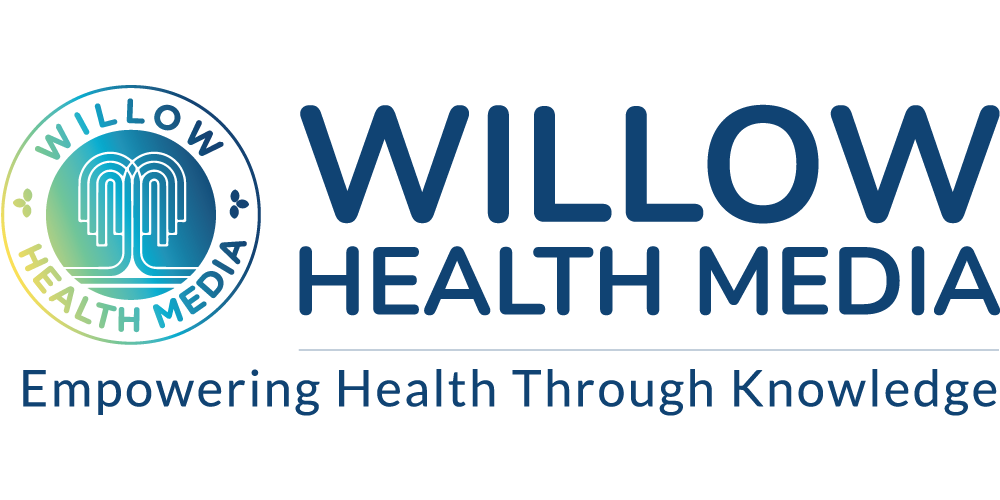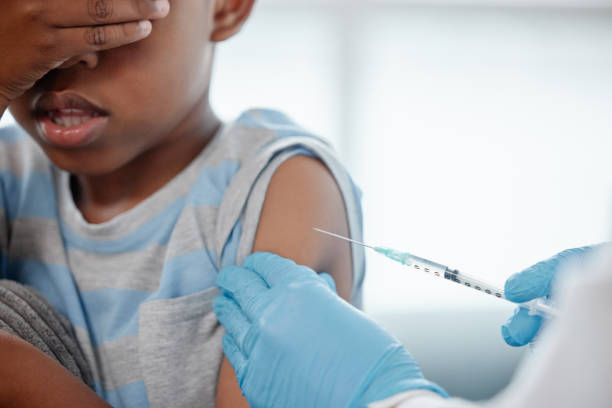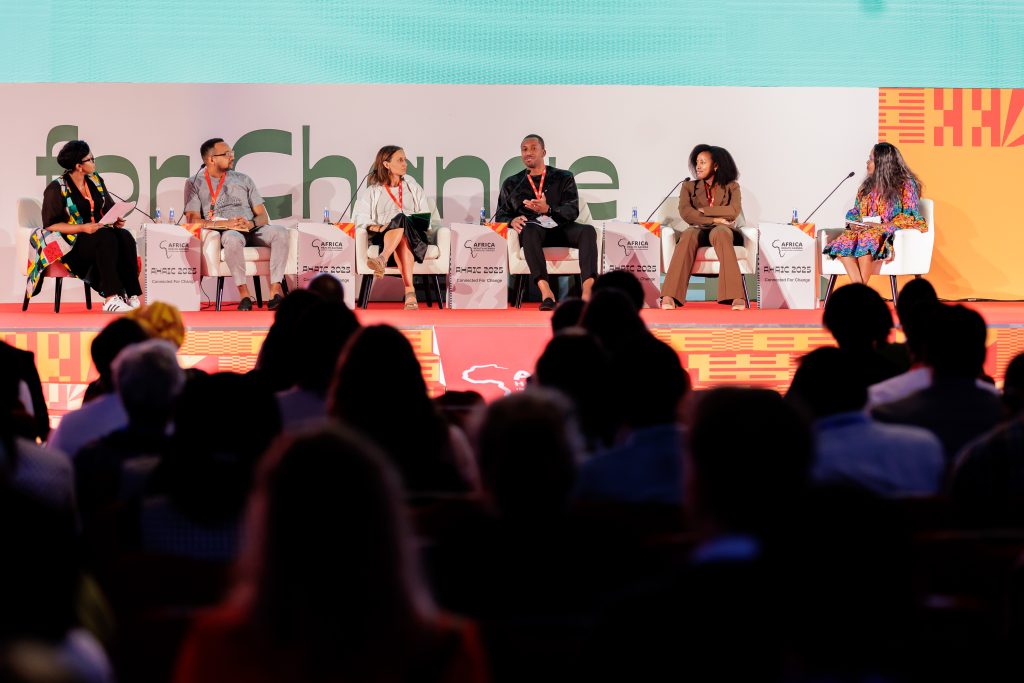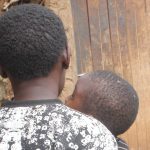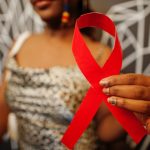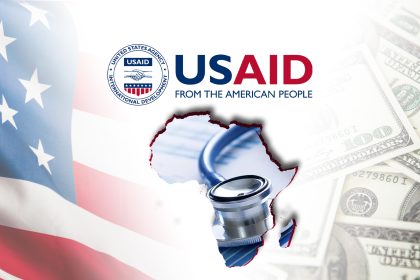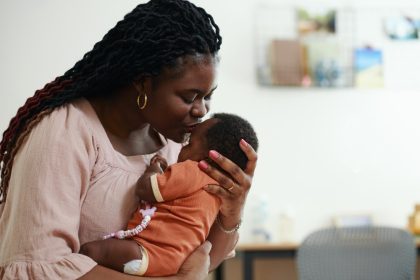Meet ‘Zero-Dose Children’—a generation that has never crossed paths with a single routine vaccine. Not one prick, not one jab, not a whisper of immunization. Most are scattered across rugged Northern Kenya, the bustling chaos of urban slums and the fragile, conflict-ridden corners — a stark reminder of the gaps we must bridge.
In a world where vaccines have transformed lives and saved millions, the fact that some kids—known as “zero-dose” children—have never received even a single routine vaccine highlights the deep inequalities still plaguing global health.
At a recent high-level meeting in Kigali, Rwanda, health experts, policymakers, and innovators came together to tackle the urgent issue of reaching “zero-dose” children—particularly in sub-Saharan Africa, where Nigeria and Ethiopia make up 40% of these children who have not received their first dose of the DTP (diphtheria, tetanus, and pertussis) or pentavalent vaccine.
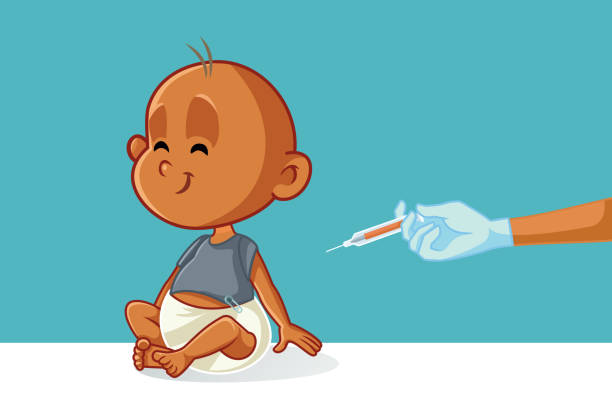
However, Kenya is also grappling with its own zero-dose crisis, with an estimated 400,000 children missing life-saving vaccines in 2022, according to the Kenya Demographic and Health Survey (KDHS). These children are primarily found in marginalized areas such as Northeastern Kenya, informal urban settlements, and conflict-prone regions.
Kenya’s zero-dose burden remains significant. According to WHO and UNICEF estimates, Kenya’s immunization coverage declined sharply during the COVID-19 pandemic, leading to an increase in the number of unvaccinated children. Reports indicate that in some counties, like Turkana, Mandera, and Garissa, immunization rates have fallen below 50%, leaving thousands of children vulnerable to preventable diseases.
While national vaccine coverage stands at approximately 80%, this figure masks significant disparities at the county level, where logistical challenges, vaccine hesitancy, and healthcare infrastructure weaknesses exacerbate the problem.
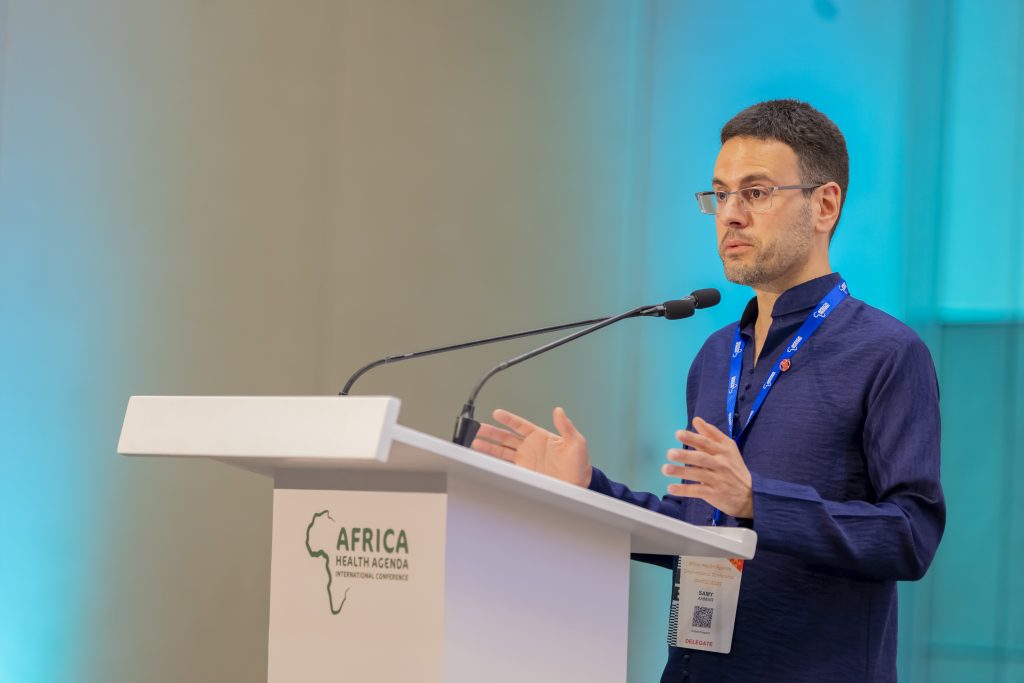
Samy Ahmar, Head of Global Health at Save the Children, at the Africa Health Agenda International Conference (AHAIC-2025), explored the political, technical and data-related barriers to immunization.
Globally, according to data from the World Health Organisation (WHO), of the 20.5 million children who missed one or more doses of their DTP vaccines in 2022, 14.3 million did not receive a single dose, so-called zero-dose children. The figure represents an improvement from the 18.1 million zero-dose children in 2021 but remains higher than the 12.9 million children in 2019, with the COVID-19 pandemic exacerbating existing challenges.
In Kenya, vaccine coverage fell sharply during the pandemic due to disruptions in healthcare services, with immunization rates dropping below the 80% mark in some counties, leaving thousands of children unprotected.
“The pandemic played a part in the backsliding, but this stagnation predated COVID-19 and speaks to entrenched challenges in global health,” noted Ahmar. He emphasized that the problem is threefold: political barriers, health system weaknesses, and gaps in data and innovation.
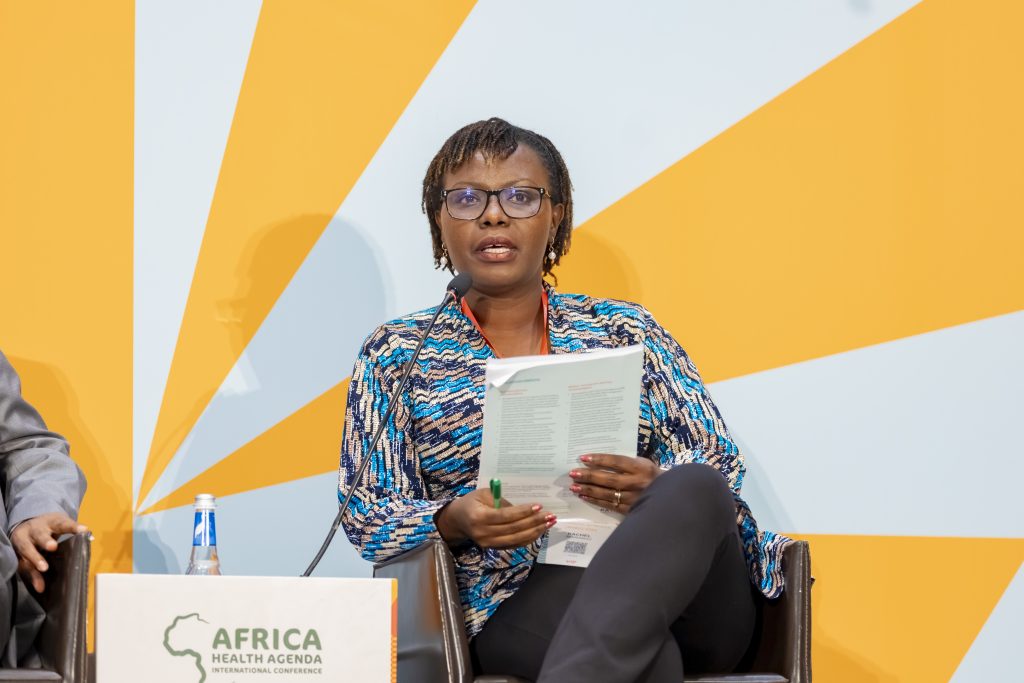
Rachel Ndirangu, Regional Director for Advocacy and Policy at PATH, emphasizes the need for strong political commitment to drive progress. She highlights the 2017 Addis Declaration on Immunization (ADI) as a key tool for boosting resources and political support. “The ADI is crucial for improving immunization,” she said. “While there’s been some progress, gaps remain, especially in local funding.”
Some countries, like Sierra Leone and the Democratic Republic of Congo (DRC), have made good progress in expanding immunization and increasing their own funding. However, many others are still struggling. “Local funding is a major part of the ADI, but progress has been slow,” Ndirangu added. “We must keep immunization a top priority, even with other health and economic challenges competing for attention.”
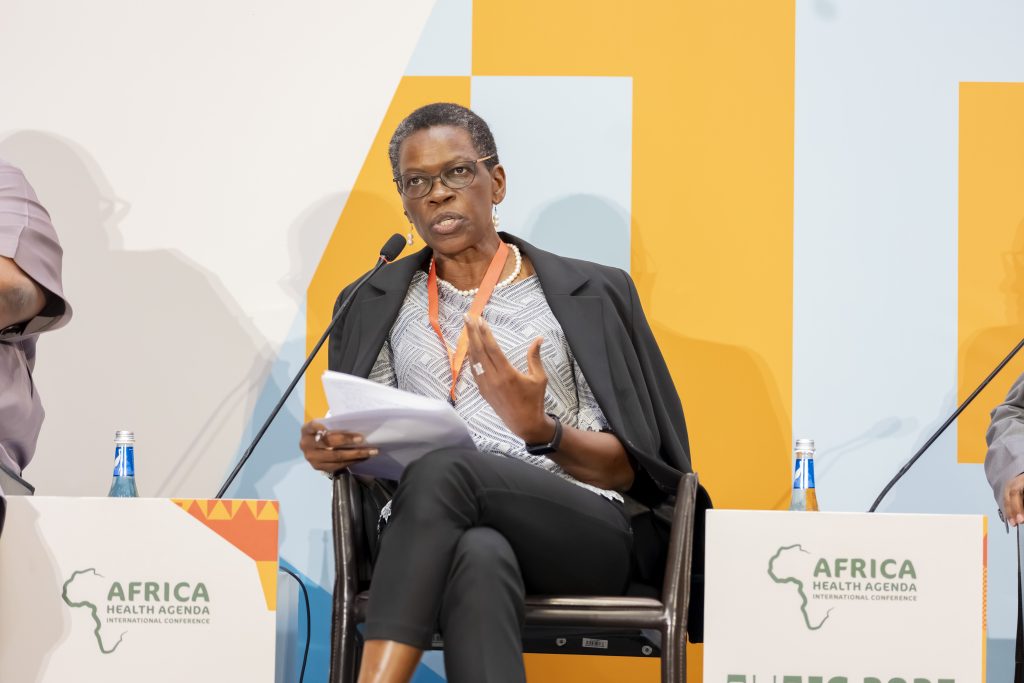
Dr Adelaide Onyango, Director of Universal Health Coverage and Healthier Population Cluster at the World Health Organization (WHO) in Africa, emphasized the need to strengthen health systems and integrate immunization into broader primary healthcare services.
“Immunization cannot be verticalized; it must be part of holistic healthcare,” she said. “The pandemic showed us the importance of decentralizing services and engaging communities to reach the last mile.”
In Kenya, this has been demonstrated through community health promoters who track unvaccinated children in counties like Turkana, Marsabit and Garissa, where accessibility remains a major challenge, according to the Ministry of Health.
Innovation also plays a crucial role. The partnership between GSK, the London School of Hygiene and Tropical Medicine, and local universities in Nigeria and Ethiopia has established an innovation accelerator to support local solutions.
“We’ve already awarded grants to two local innovators, Haptech in Ethiopia and CHP in Nigeria,” Ahmar shared. “This is just the beginning of what we hope will be a wave of homegrown solutions.”
But one of the most significant barriers to reaching zero-dose children is the lack of accurate data.
Dr Chijoke Kaduru, a public health physician overseeing immunization at Corona Management Systems, singles out identifying zero-dose children in urban and peri-urban areas as one challenge and for instance, “In Nigeria, many zero-dose children live less than an hour from a health centre, but they are still missed,” he said. “We need to rethink our communication strategies and data systems to reach these populations.”
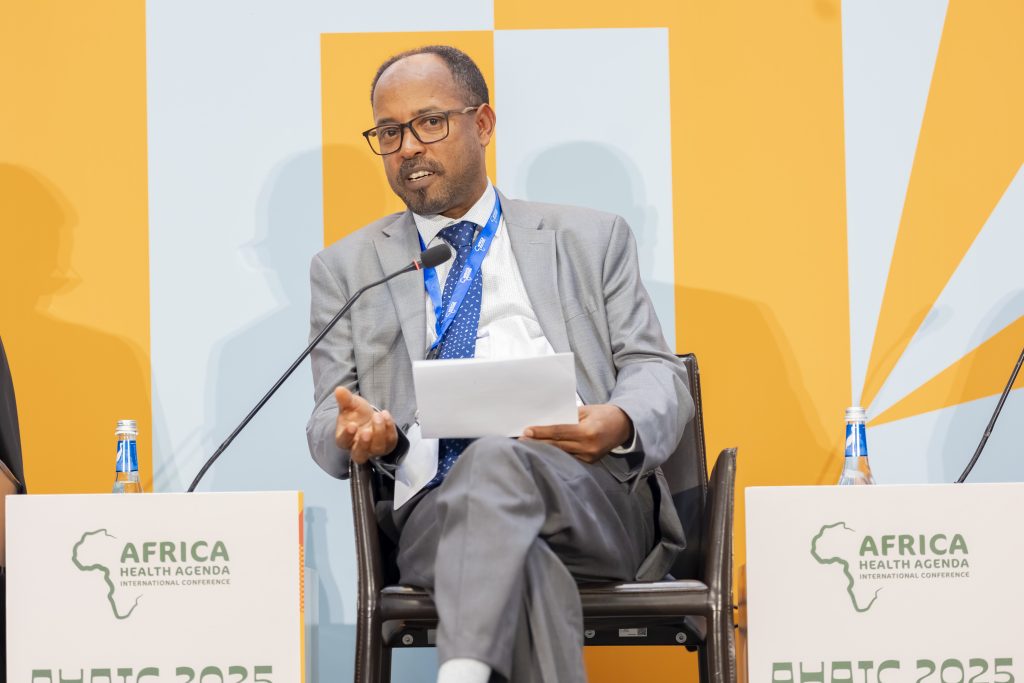
Dr Kaduru pointed to the success of home-based community engagement strategies in Cameroon and Nigeria, where health workers line list children from birth and track their immunization status which has “helped us identify and reach zero dose children in urban areas,” he explained. “It’s a practical and scalable solution.”
In Ethiopia, Legesse Kidanne, a public health specialist with the Consortium of Christian Relief and Development Association (CCRDA), said community-based surveillance systems map zero-dose children in hard-to-reach and conflict-affected areas. We train community volunteers and engage religious and clan leaders to register unvaccinated children. This has allowed us to reach over 800,000 children through targeted campaigns.”
Kenya has adopted a similar approach in arid and semi-arid regions by involving religious leaders and elders to improve trust and increase vaccine uptake among pastoralist communities.
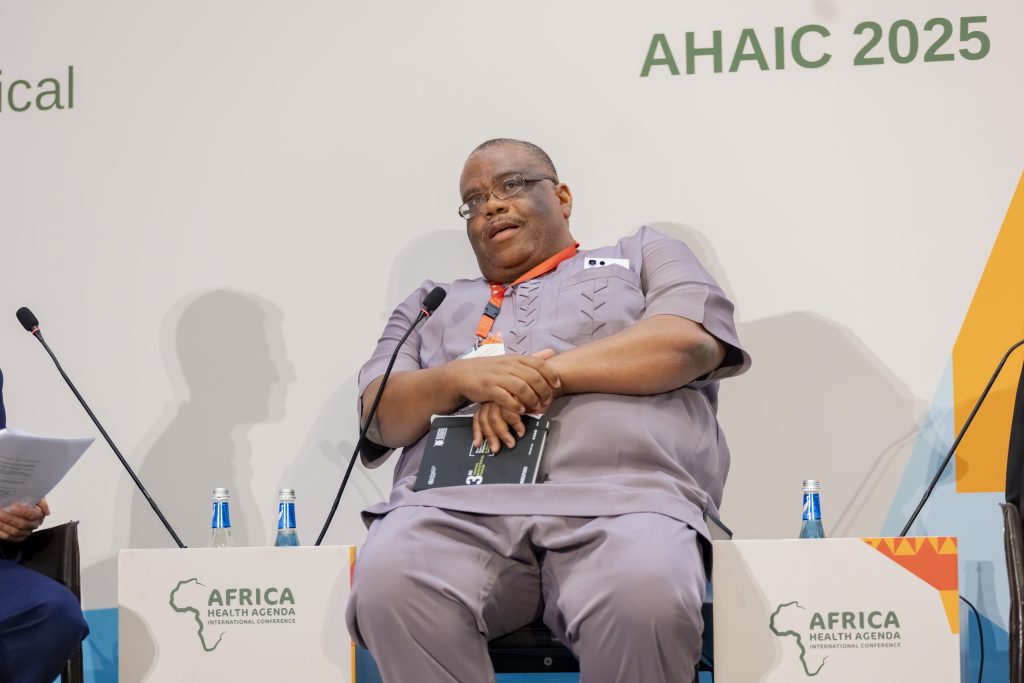
Dr Mosoka Fallah, Director of Science, Research and Innovation at Africa CDC, underscored the importance of continental collaboration in addressing immunization challenges and the need for African vaccine manufacturing as “The continent is 99% dependent on external vaccine supplies… We must develop our own manufacturing capacity to avoid future vulnerabilities.”
Kenya has made strides in this area, with the government establishing the Kenya Biovax Institute to reduce dependency on imported vaccines and improve local supply chains.
Ndirangu emphasized the power of social accountability in driving immunization progress. “Communities must hold governments and service providers accountable,” she said. “In Kenya, civil society organizations successfully advocated for vaccine stockouts to be addressed within a month. This shows the impact of grassroots mobilization.”
She also pointed to the success of community scorecards, used in Rwanda and other countries, to track immunization coverage and identify gaps. “These tools are essential for ensuring transparency and accountability,” she said.
While progress has been made, much more needs to be done to reach zero-dose children.
“We need more money for health, but also more health for money,” said Ahmar. “Even with current resources, we can do more by leveraging innovation, community engagement, and political commitment.”
As the world moves toward the Immunization Agenda 2030, the lessons were clear: reaching zero-dose children requires a multifaceted approach that addresses political, technical, and data-related barriers. With continued collaboration and innovation, the global health community can ensure that no child is left behind.
